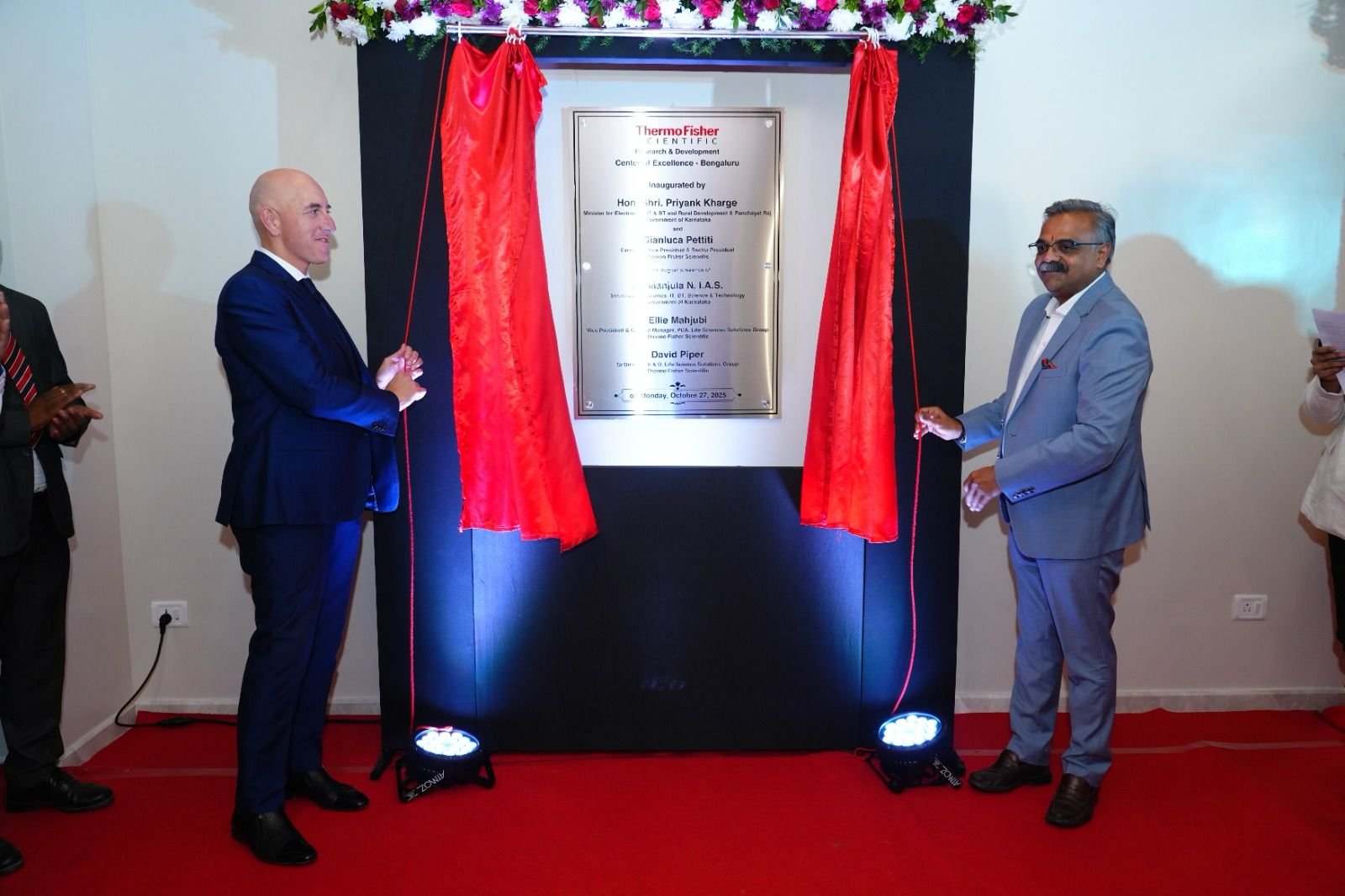Policy Matters
November 04, 2004 | Thursday | News
p ALIGN="JUSTIFY">

Things
are moving fast on the biotechnology policy front. The Department of
Biotechnology (DBT) has taken a series of steps in the last few weeks to
expedite the formulation of a National Biotechnology Policy (NBP). The S&T
minister Kapil Sibal and DBT secretary Dr MK Bhan are working in tandem to
ensure that the new year dawns with a well-articulated NBP.
From the inaugural issue in March 2003, BioSpectrum has been
championing the need for a NBP and has used every opportunity to stimulate a
national debate on this issue. That these efforts are now bearing fruit is a
matter of satisfaction to the magazine's team.
The Task Force to draft the NBP headed by Dr Bhan has an
onerous task. No doubt, he has roped in a right mix of government policy makers,
industry leaders, academics and a lone activist in Dr Suman Sahai. The
three-month time frame provides the drafting committee the enormous opportunity
to rewrite the biotech landscape of the country and reap the benefits of this
cutting edge technology by India's teeming millions.
Often comparisons have been made between the information
technology and biotechnology sectors in the recent past. These two are highly
dissimilar technologies. Information technology, particularly the software
sector, grew in spite of the government. All that it needed was the unshackling
of a host of mindless government control processes and a new class of first-time
entrepreneurs did the rest.
The industry leaders in the cradle of biotechnology, the US,
agree that the government support was crucial in the enormous public funds spent
on developing the capabilities in dozens of top class research centers, high
quality research infrastructure made available to the industry in attractive
packages and the overall thrust to help this sector. This is something the
formulators of India's NBP should keep in mind.
The NBP should avoid the tendency to spell out priority areas
for either public or private investments in biotechnology. Instead, it should
clearly indicate the road map for the regulatory approaches such as whether
genetically-engineered food products will be permitted or not, at least in the
next five years, articulate the need for an integrated regulatory structure to
handle all recombinant products and clarify the broad technology choices that
would be permitted in the short term. This would help potential entrepreneurs to
direct their efforts at products that would fly with regulators in the next five
years. The policy should unambiguously spell out the timelines for the
regulatory processes and also insist on roping in the best experts to be part of
the regulatory system. The NBP should have an open mind on making revisions as
the technology advances in leaps and bounds in the coming years.
Another major concern for the biotech entrepreneurs is the
availability of venture capital. While the government is not the right agency to
provide VC funds, due to its stranglehold on the financial system, indirect
support to help early stage biotech developments should put the industry on a
strong footing.
Given the range of expertise available to the task force and
within the biotech community, there is hope that the NBP will be a document
every one will be proud of. The decision to make available the draft report for
public comments is another trendsetter in the move for a transparent framework
for the growth of the biotechnology segment.



 Things
are moving fast on the biotechnology policy front. The Department of
Biotechnology (DBT) has taken a series of steps in the last few weeks to
expedite the formulation of a National Biotechnology Policy (NBP). The S&T
minister Kapil Sibal and DBT secretary Dr MK Bhan are working in tandem to
ensure that the new year dawns with a well-articulated NBP.
Things
are moving fast on the biotechnology policy front. The Department of
Biotechnology (DBT) has taken a series of steps in the last few weeks to
expedite the formulation of a National Biotechnology Policy (NBP). The S&T
minister Kapil Sibal and DBT secretary Dr MK Bhan are working in tandem to
ensure that the new year dawns with a well-articulated NBP.







